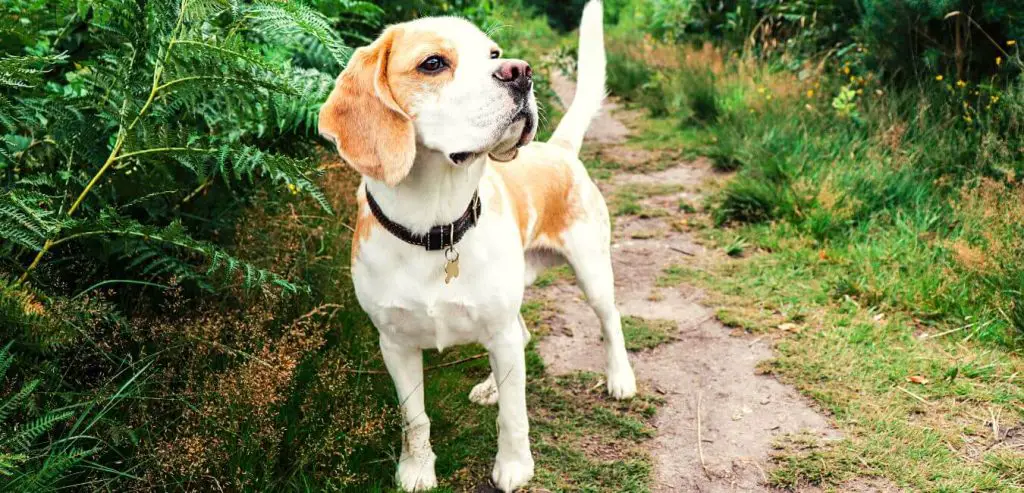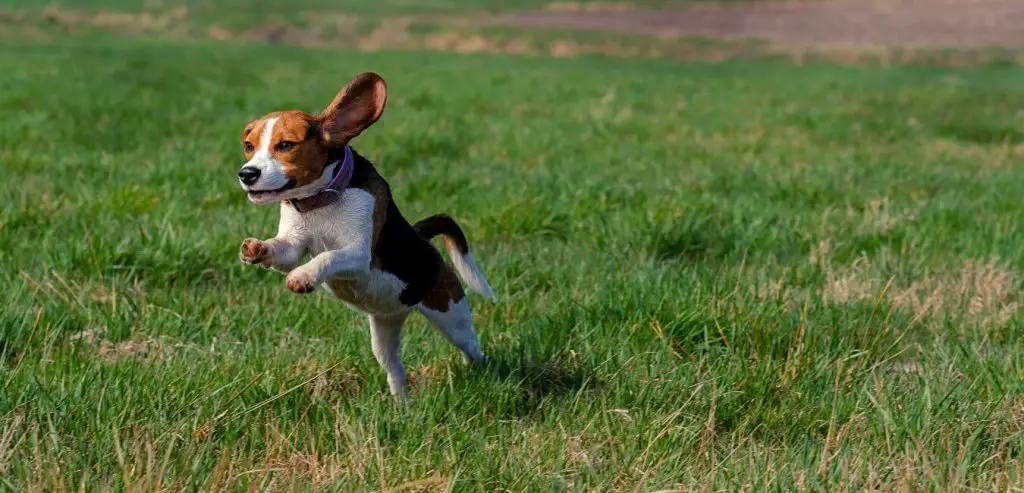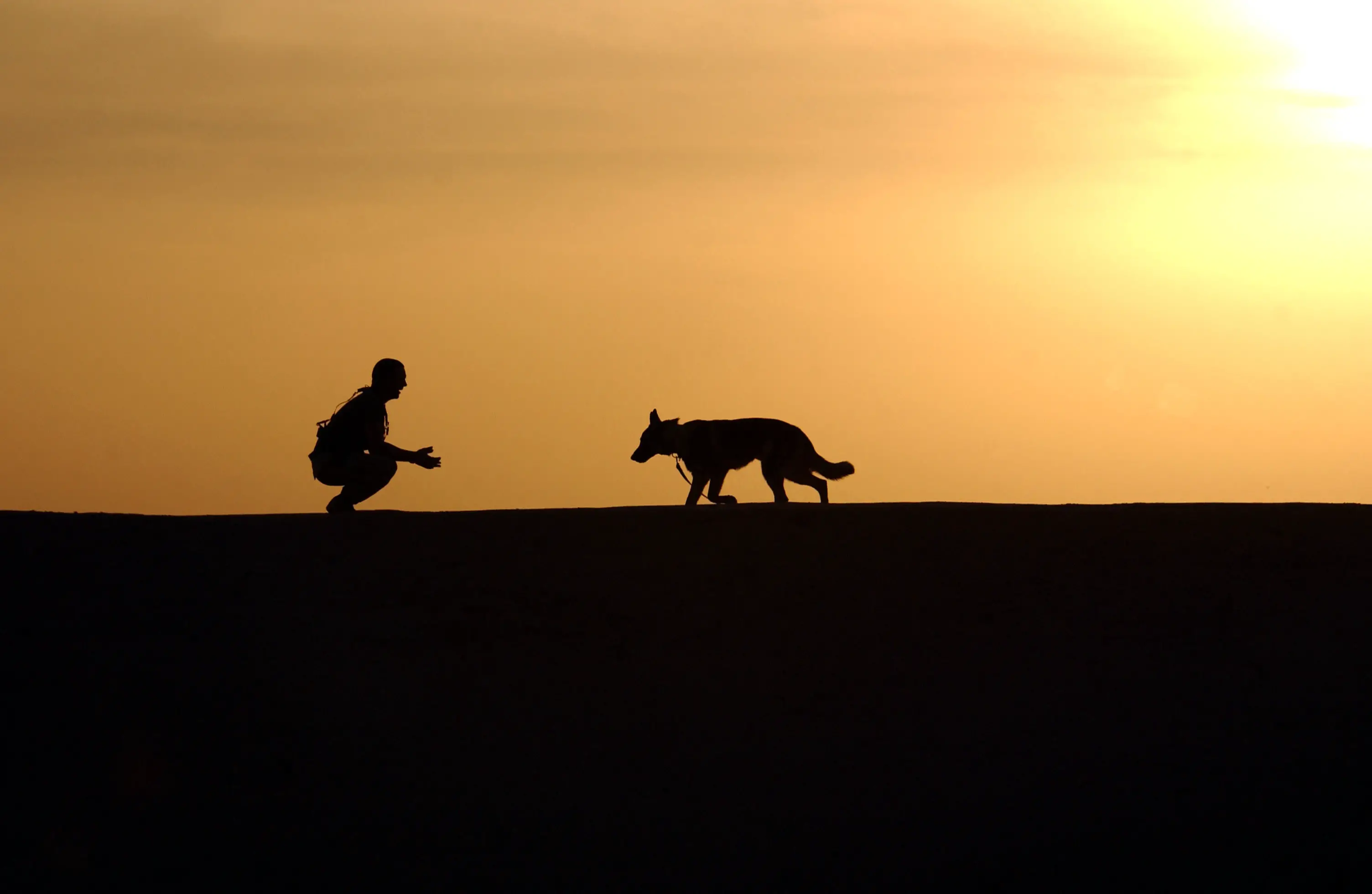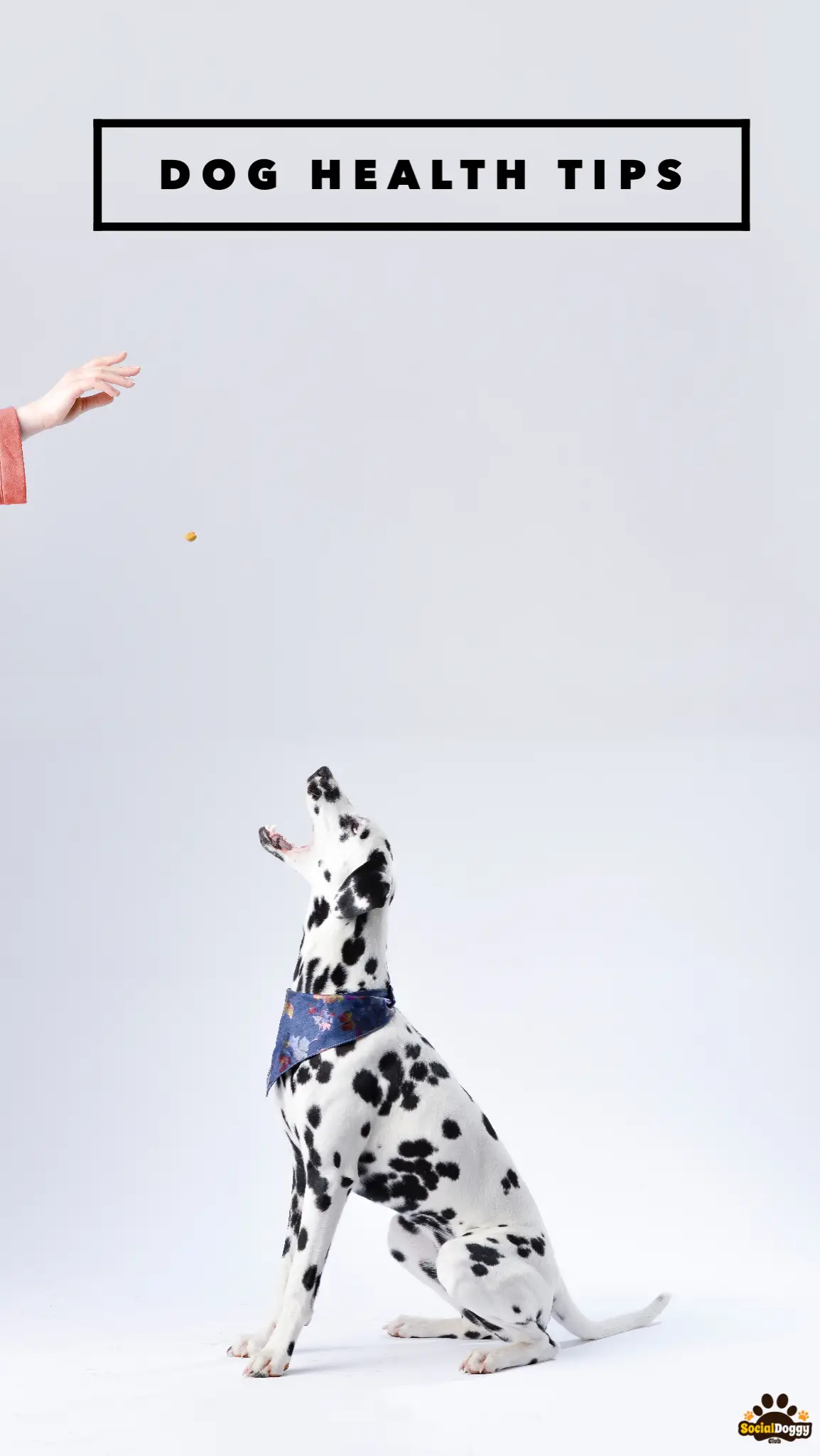The short legs of the beagle might be misleading. This medium-sized breed is unpredictable and will keep you busy. These dogs are lively, fearless, and incredibly intelligent. You will discover all there is to know about the beagle dog in this article.
Contents
Beagle History
For centuries, beagles have been bred as hunting dogs. In the instant before the shot, they made use of them. The beagle was in charge of sniffing out the prey and following its trail. They would pursue the prey ferociously in a large pack until the hunter arrives.
The northern hound was the ancestor of the beagle. It was brought to England by the Normans during the conquest around the year 1066. They mated it there with the southern hound, which originated in the south of France, about the year 1400.
In King Henry VIII’s accounting records from 1515, the word “beagle” first appeared. A little dog breed known as the little beagle was first described in 1615. Due to its compact size, it could even fit in a hunter’s saddlebag.
Features of the Beagle
The larger hunting dog known as the Foxhound is the ancestor of the breed standard currently know. The Beagle is a strong dog with good proportions, a well-defined chest, an elongated head, and big, drooping ears. They range in height from 13 to 16 inches, and weigh between 17 and 35 pounds, at the shoulder. There are usually some variations of white, brown, and black colors in the two or three coverings that make up a beagle’s coat.
Physical Appearance of the Beagle

Since beagles are exceptionally tender dogs from the time they are puppies until they are adults, many people are initially captivated to them by their physical appearance. But when we make a choice as significant as getting a new a dog, we should consider the dog’s temperament, keeping in mind that not every household is a good fit for every breed of dog. They are extremely active dogs with a keen sense of hunting and a somewhat independent personality. Although intelligent, they can be highly energetic and impulsive. This means that beagles will blend in nicely with an energetic household that goes outside on a regular basis or with someone who is enthusiastic about sports. Additionally, it works better for a household with older kids because they can play and keep up with the dog’s activity demands. Families that are inactive and quiet aren’t great for these dogs. They get along with other dogs and cats when you’ve been properly socialized. If you have smaller mammals, such as rodents or birds, they must, however, be carefully watched over.
Beagle Characteristics
A beagle is a dog that knows what it wants. His background as a hunting hound accounts for his quick reflexes and keen sense of smell. As a result, this breed clearly exhibits a hunting instinct. Some beagles ignore their handler’s call and disappear behind the bushes in pursuit of a random animals.
These intelligent dogs may appear harmless, but if they are still puppies, they require intense training. Their gluttony is a key characteristic in terms of training. On one hand, it enhances training because a beagle will go to any lengths for a rewarding treat. You can use this to specifically train him how to respond to your call.
On the other hand, it might present a challenge that you need to account for when teaching your puppy. A beagle will essentially eat anything that is placed in front of it. It is imperative that they undertake anti-poison bait training for this reason.
They are the ideal dog to work with the border guard because of their persistence and keen sense of smell. In reality, “Beagle Brigades” have existed in the US since the 1980s. These brigades help USCBP in their search for food, plant, and animal components that have been brought across the border illegally.
The beagle is an extremely affectionate and cuddly dog despite its self-assurance. He enjoys being in the middle of things and is highly sociable. Due to this, beagles are sadly also utilized as laboratory animals in addition to being therapy dogs. In fact, scientific research uses this breed the most frequently.
Physical Activity For A Beagle

Beagles need to burn off all of their energy, especially young ones. Good and quality physical activity offers a few benefits.
The beagle dog frequently gains weight due to its extreme gluttony. As a result, it must be taken for a walk for an hour at least twice daily.
These dogs are good for a variety of activities due to their intelligence and strong sense of smell. They could practice agility, mantrailing, or lure training, for instance. A beagle can generally be encouraged to accomplish almost anything with the right incentives.
How to Care for A Beagle
Fortunately, the beagle’s short hair requires little maintenance, however it is recommended that you brush it at least once each week. As a result, you will get rid of the dirt and remove loose hair. Do it two or three times per week during the shedding season (early spring to autumn). Occasional bathing is good.
Due to their tendency for inflammation, the ears are the area that needs the greatest attention.
Regularly use a wet towel to wipe away dirt from the ears. Avoid cleaning his ears with cotton swabs because you risk injuring him in this delicate area.
Health of a Beagle
The beagle is susceptible to certain diseases, just as many dog breeds. It’s important to note the following:
- Beagle Pain Syndrome: This is a painful inflammatory condition that affects the spinal cord in dogs.
- Ataxia in dogs: This neurological condition is also known as canine degenerative myelopathy. Motor disturbances and spastic paralysis are caused by the degenerative inflammation of the gray matter in the brainstem and spinal cord. The dog doesn’t seem to experience any pain from it.
- Lafora disease: This metabolic disease is hereditary. Dogs experience a change in the metabolism of glucose in its glycogen reserve form due to a genetic abnormality. Lafora bodies develop and build up in the liver, muscles, and particularly in the neurons. It results in dementia, visual problems, and epileptic seizures. There is a genetic test available now to identify this inherited disease.
- Eye diseases: Additionally, glaucoma, corneal dystrophy, and retinal atrophy can affect beagles.
Additionally, otitis is more likely because of the drooping ears. Inflammation that is painful is brought on by embedded secretions or foreign objects, such grass blades.
Additionally, mites may roam around within the beagle’s ears. Intense shaking or head tilting may be the initial symptoms.
If a beagle becomes overweight, the spine and joints are overloaded as a result. Because of this, long, tiny animals like the beagle are more likely to get herniated discs. Exercise is the finest kind of defense. Keep it busy and active both mentally and physically. Maintaining a healthy diet for them is also a key component of owning a beagle.
The beagle is a sturdy, energetic breed that typically lives between twelve and fifteen years. They can live a long and fulfilling life if they eat well and exercise frequently.
Final Thoughts
You may bring a smart, energetic, and devoted family dog into your home by adopting a beagle. The two major challenges you’ll have in training them are their hunting instinct and gluttony. You will be able to train this little stubborn pooch with perseverance, kindness, and patience.








